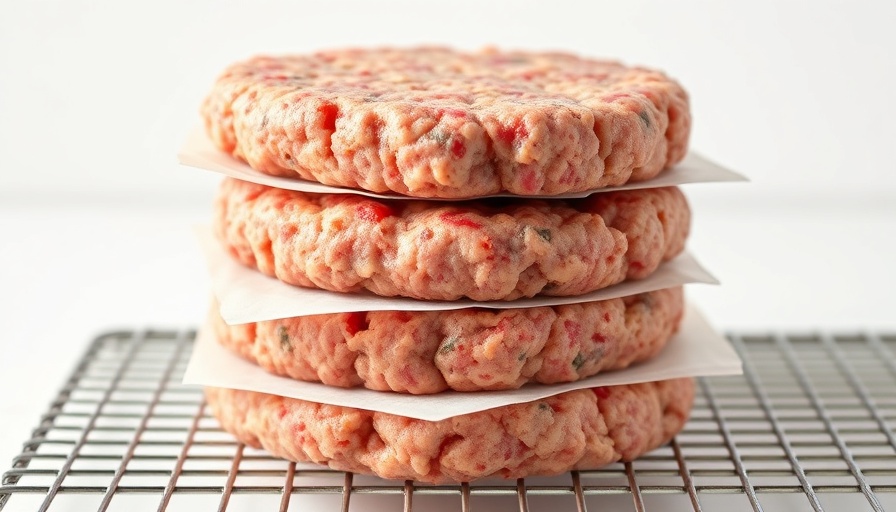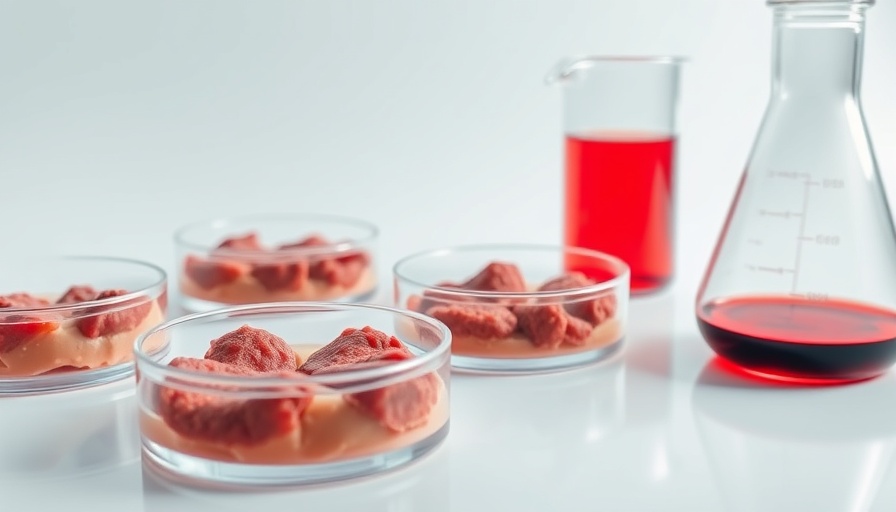
What You Need to Know About Heme Iron and Health Risks
The topic of heme iron and its link to cancer is increasingly relevant, particularly for men in the age group of 35-55, who are often more focused on maintaining optimal health and fitness. This article discusses the potential risks related to consuming heme iron found in red and processed meats, alongside its presence in emerging plant-based alternatives.
Understanding Heme Iron: The Meat Connection
Heme iron is a type of iron found in muscle meat, contributing to both its flavor and nutritional profile. Interestingly, similar heme proteins can be derived from plants, such as soybeans, which are now being used to enhance the taste of plant-based meat products like the Impossible Burger. The pivotal question that arises is whether the consumption of heme iron carries inherent health risks, particularly concerning cancer.
The Research Evidence: A Closer Look at Cancer Risks
According to the European Food Safety Authority, there is concern regarding the possible increased risk of colon cancer posed by heme iron. Research from the International Agency for Research on Cancer (IARC) reveals that processed meats, classified as Group 1 carcinogens, pose a cancer risk comparable to smoking. While this fact is alarming, it does shine a light on the relevance of dietary choices, especially for health-conscious individuals.
Studies have indicated that heme iron may contribute to carcinogenic mechanisms in red and processed meats. For instance, compounds formed during high-heat cooking can damage DNA, heightening cancer risks. Yet many health organizations suggest that the evidence linking heme iron specifically to colorectal cancer is still limited and often based on animal studies rather than direct human data.
Balancing Diet: What’s the Takeaway?
For fitness enthusiasts and health-focused men, it's important to understand that while heme iron has its risks, it also plays a crucial role in bodily functions like maintaining energy levels and boosting immunity. Therefore, a balanced diet that incorporates diverse sources of iron—like leafy greens, legumes, and nuts—can mitigate some risks linked to red and processed meat consumption.
Actionable Insights for Healthier Meal Planning
Consider integrating alternative protein sources into your meals that provide essential nutrients without the potential downsides of heme iron. Foods rich in non-heme iron, such as quinoa, tofu, and lentils, offer excellent nutritional benefits without the same level of risk associated with red meat.
When planning meals, ensure you’re pairing non-heme iron sources with vitamin C-rich foods, such as bell peppers, citrus fruits, or tomatoes, to enhance iron absorption. This combination not only promotes better nutrition but also supports men's health goals, including weight management and muscle recovery.
Inspiring Healthier Choices
Making informed dietary choices is essential, especially as a professional or athlete seeking to optimize performance and health. By understanding the implications of heme iron consumption and making incremental changes toward a more balanced diet, you’re taking proactive steps toward lasting well-being.
As we consider the potential health risks of what we eat, remember that knowledge is power. Your dietary choices can shape not only your health today but can have implications for the future. Embrace meal planning that aligns with your fitness and health goals, exploring various protein sources and maintaining a well-rounded diet.
 Add Row
Add Row  Add
Add 




Write A Comment